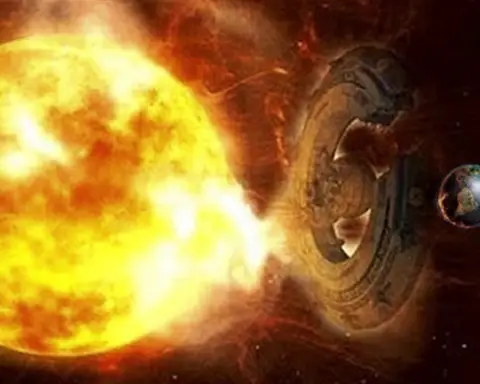According to a new study, the Milky Way contains 100 million planets that potentially support alien life. Complex alien life, not simply simple microbial life.
A scientific team led by Louis Irwin of the University of Texas at El Paso, Alberto Fairén of Cornell University, Abel Méndez of the University of Puerto Rico at Arecibo’s Planetary Habitability Laboratory, and Dirk Schulze-Makuch of Washington State University evaluated the growing list of confirmed exoplanets (currently at 4461), then assessed the density, temperature, and subsurface gravity of each.

The researchers utilized this data to create a Biological Complexity Index (BCI), which ranks these planets on a scale of 0 to 1.0 based on features thought to be crucial for multicellular life to thrive.
Professor Schulze-Makuch explained on the website of Air & Space Magazine:
“According to the BCI calculation, 1% to 2% of known exoplanets have a BCI rating higher than Jupiter’s moon Europa, which possesses a subsurface global ocean that may support life.
“The figure of 100 million is based on an estimate of 10 billion stars in the Milky Way and an average of one planet per star. According to some scientists, the figure might be ten times higher.”
Schulze-Makuch is also quick to point out that the study does not conclusively prove that complex life occurs on a hundred million planets. It simply states that the requisite circumstances for life to exist on that many planets exist.
In a paper titled “Assessing the Possibility of Biological Complexity on Other Worlds, with an Estimate of the Occurrence of Complex Life in the Milky Way Galaxy,” the team published their findings in the journal Challenges.






